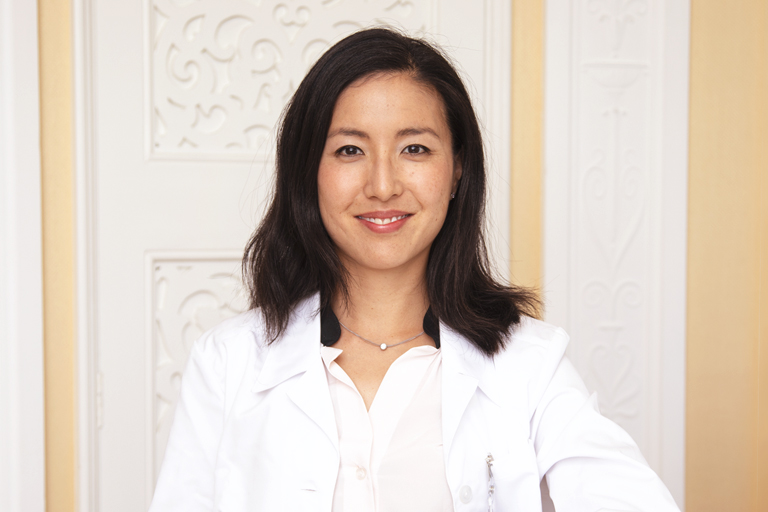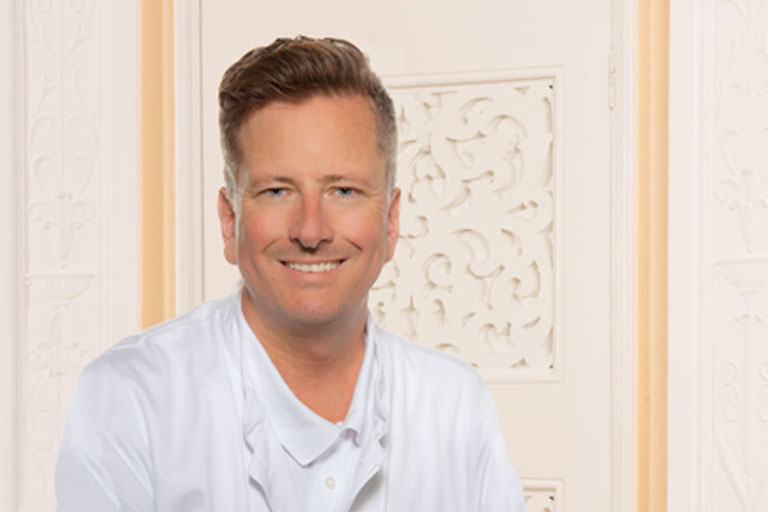Operation theory
An overlarge breast exists when the nipples lie low and the breast is so voluminous that it is not in proportion with the rest of the upper body. In most cases, the mammary gland becomes enlarged during puberty, potentially causing pain in the shoulder/neck area or the upper thoracic spine. This often gives rise to social psychological strain as sufferers avoid sporting activities and swimming.
A breast-reduction operation involves removing glandular tissue, raising the nipples to a higher point and reforming the breast around them. The classic technique using what is known as an anchor scar (inverted T scar) or the more recent scar-reducing technique involving a straight scar is used.
OP duration
Anaesthetic
Hospitalization
Post-op
The first dressing is changed and the drains removed after 1-2 days, after which the scars are taped for one month. A sports bra needs to be worn day and night during this month, after which it only needs to be worn when doing sport. Dissolvable sutures are normally used, obviating the need for stitches to be removed.
Risks
Secondary bleeding, poor scar healing, infection, scar problems (overlapping scars, depending on personal predisposition) and loss of sensitivity or impaired circulation in the nipple area, although most of this is reversible.
Recovery time
Work: 2 weeks (office). Physical exertion: 4 weeks. Avoiding exposure to strong sunlight or extreme cold: 6-8 weeks. Final result after 6-12 months.
Outcome
> 10 years, mostly permanent: a breast reduction permanently alters the size and shape of your breasts. The natural ageing process, weight changes and gravity will, however, have an impact on the shape of the breasts over the course of time. In this case, a further procedure can help to rejuvenate the appearance of the breasts.
before / after








